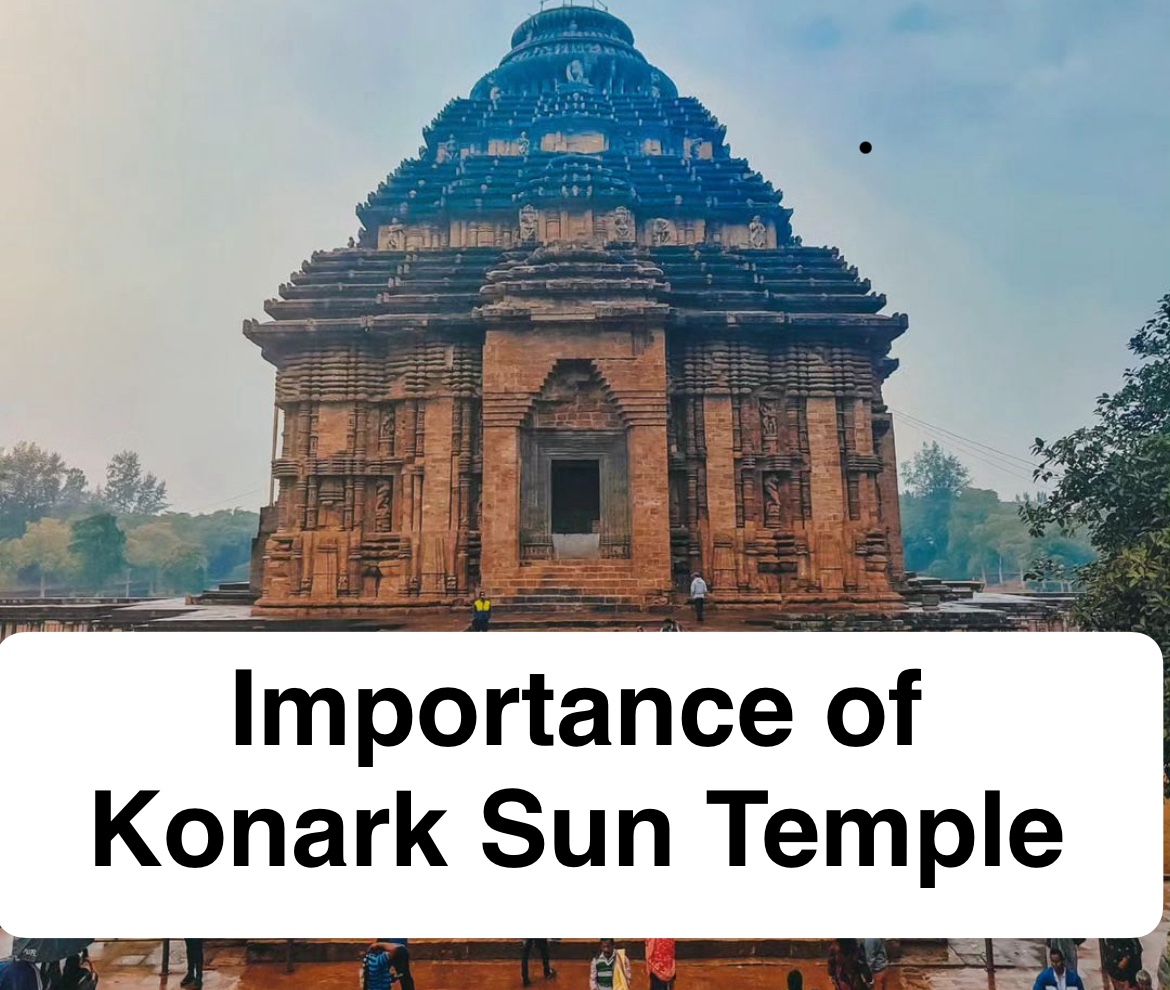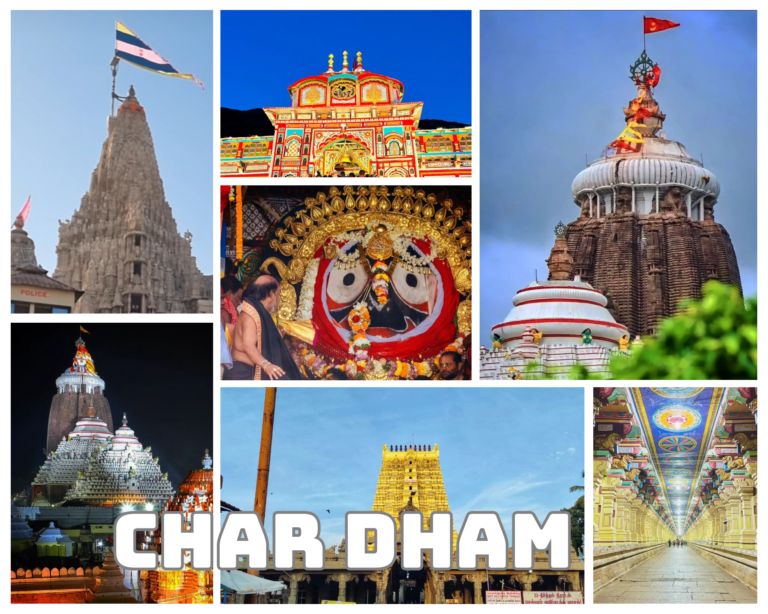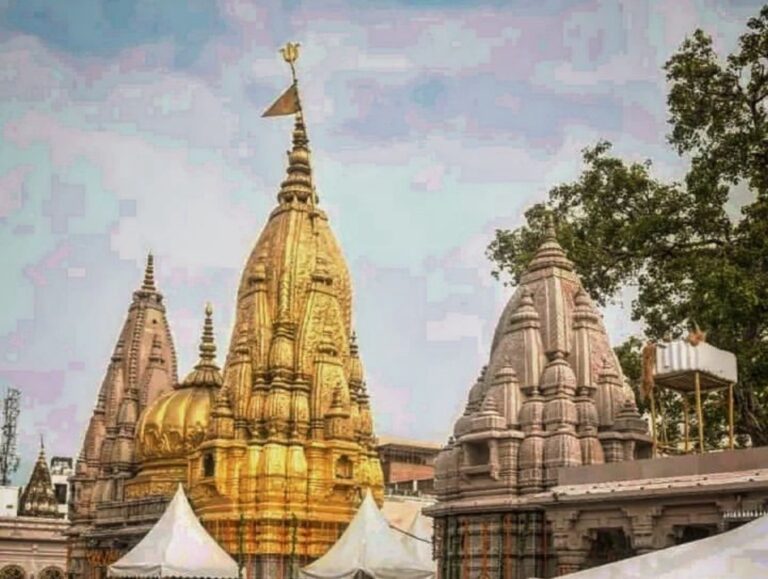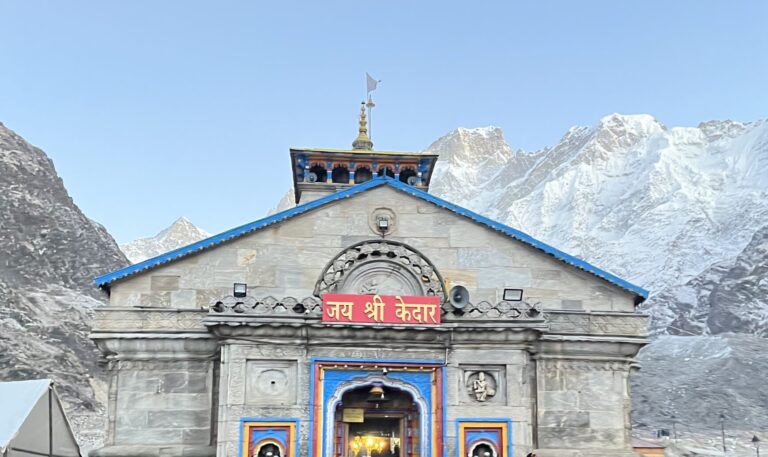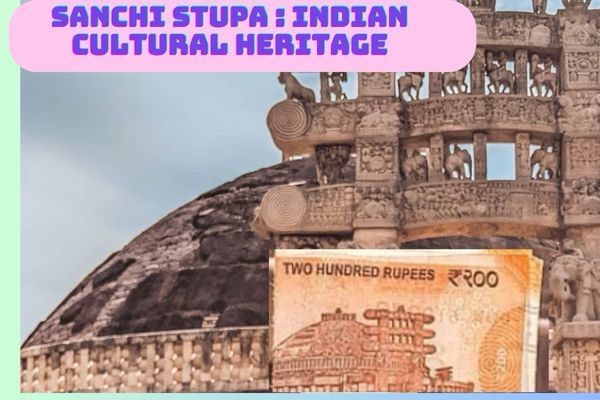Importance of Konark Sun Temple
The Konark Sun Temple, a 13th-century CE Hindu Sun temple, stands as a magnificent testament to India’s rich cultural heritage. Located about 35 kilometers (22 miles)northeast of Puri city in Odisha, India, this architectural marvel has captivated visitors for centuries. Let’s delve into the significance of this extraordinary temple:
Spiritual Significance
- Dedicated to the Hindu Sun-god Surya, the temple symbolizes the divine source of energy and power. It serves as a place of worship and reverence for devotees who seek blessings from the Sun deity.
Architectural Marvel
- King Narasimhadeva I of the Eastern Ganga dynasty commissioned its construction around 1250 CE.
- The word “Konark” combines Sanskrit words: “kona” (corner or angle) and “arka” (the sun). It implies that the main deity was the sun god, and the temple was built in an angular format.
- The temple’s design is awe-inspiring. It resembles a 100-foot (30 meters) high chariot with intricate wheels and horses, all meticulously carved from stone. Originally towering over 200 feet (61 meters), it has unfortunately suffered significant damage over time.
- The temple follows the Kalinga or Orissa style of architecture, a subset of the nagara style. The Orissa style showcases the nagara style in all its purity.
- The nagara style is characterized by a square ground plan containing a sanctuary and assembly hall (mandapa). The elevation features a curvilinear tower (shikhara) that inclines inwards and is capped.
- Despite Odisha lying in the eastern region, the nagara style was adopted here, resulting in the magnificent Konark Sun Temple .
- The chariot-like layout represents the cosmic cycle and the passage of time. Seven animated horses symbolize the days of the week, while twelve pairs of elaborately carved wheels represent the months of the year.
Sacrifice of Dharmapada
- In the 12th century, a 12-year-old boy named Dharmapada lived in a nondescript village in Odisha. His father, the renowned temple architect Bisu Maharana, had left him with manuscripts detailing temple construction.
- Dharmapada’s quest to meet his elusive father led him to the deserted beach near Konark, where he discovered the magnificent Sun Temple under construction.
- The temple was a masterpiece, but the final keystone (the ‘Kalasha’) remained unplaced. Failing to complete it by morning would result in the death of all 12,000 craftsmen involved.
- Dharmapada, with his profound knowledge, offered to solve the puzzle. He climbed to the top and placed the Kalasha, sacrificing his own life to save the craftsmen. His selflessness lives on in the temple’s lore.
Krishna’s Son and the Healing
- Hindu legends attribute the temple’s construction to Samba, one of Lord Krishna’s sons.
- Samba suffered from a skin ailment, and in gratitude for his healing, he erected the Konark Sun Temple as an offering to the solar deity, Surya .
Importance of Artistic Excellence
- The surviving structures and elements are renowned for their intricate artwork, iconography, and themes. Visitors marvel at the detailed carvings depicting various aspects of life, including erotic kama and mithuna scenes.
- The temple exemplifies the Odisha style of architecture, also known as Kalinga architecture, characterized by its grandeur and precision.
Importanace of Konark Sun Temple Symbolism
- The temple’s design resembles a colossal chariot with 12 pairs of lavishly-ornamented wheels, representing the 12 months of the year.
- Intricate sculptures and artwork adorn myriad themes, making Konark a classic example of Hindu temple architecture.
- Its surviving structures narrate stories of gods, mortals, and cosmic forces, inviting awe and reverence.
Konark Sun Temple Legacy
- On the shores of the Bay of Bengal, bathed in the rays of the rising sun, the Konark Sun Temple stands as a monumental representation of Surya’s chariot.
- Its 24 wheels, decorated with symbolic designs, are led by a team of six horses.
- Built in the 13th century, it remains one of India’s most famous Brahman sanctuaries .
Konark Sun temple Historical Controversy
- The cause of the temple’s destruction remains a topic of debate. Theories range from natural decay to deliberate damage during invasions by Muslim armies between the 15th and 17th centuries.
- European sailors referred to it as the “Black Pagoda”, owing to its tiered tower appearance. The nearby Jagannath Temple in Puri was called the “White Pagoda”. Both temples served as crucial landmarks for sailors navigating the Bay of Bengal.
UNESCO World Heritage Site
- In 1984, the Konark Sun Temple was declared a UNESCO World Heritage Site. Its cultural and historical significance continues to draw pilgrims and tourists alike.
- Every year, during the Chandrabhaga Mela in February, Hindus gather here to celebrate and pay homage to the Sun god.
Konark Sun Temple transcends mere architectural brilliance; it embodies spirituality, cultural pride, and the timeless pursuit of understanding the cosmos. As we explore its weathered stones and intricate carvings, we connect with a past that reverberates through the ages, reminding us of our shared human journey.
Thank you for joining me on this journey through the captivating history and significance of the Konark Sun Temple. Follow this hindsafari.com for more blog on travel , history and many more .
